By Jessica Jang, Pacific Shark Research Center
Happy Holidays to all, and what better way to share the season with some festive themed marine animals and some information about them!
- Christmas Island Land Crab (Gecarcoidea natalis)
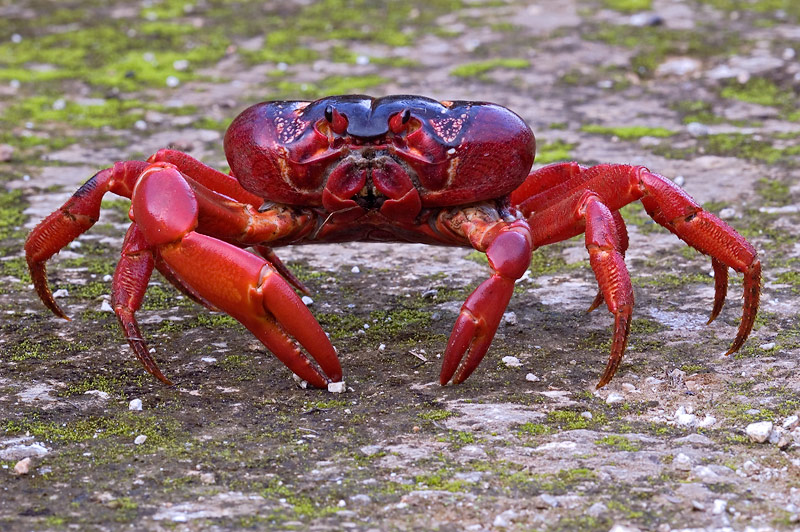
Photo credit: Mountainsbeyond.org
This brightly colored land crab is found only on Christmas Island and the Cocos Island and live in the rain forests; they are diurnal despite the lower temperatures and higher humidity. During the wet season (October-December) adult crabs go an arduous migration to the beaches to spawn. There are even road signs in Christmas Island to protect the crabs from during their mating season. Here's a clip about the migration of these interesting invertebrates!
2. Christmas Feather worms (Serpulidae)
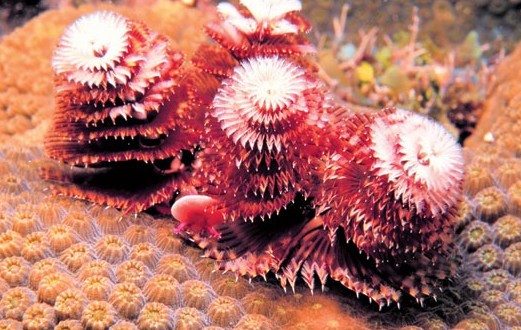
These worms make their own tubes and are commonly found in corals and come in a variety of colors. The colorful 'tree-like' appendages are used to capture food. Any slight pressure change alerts the worm to withdraw those appendages safely into their tubes. They are a common species for aquarium users, but are a challenge to maintain.
3. Sea Angels (Gymnosomata)
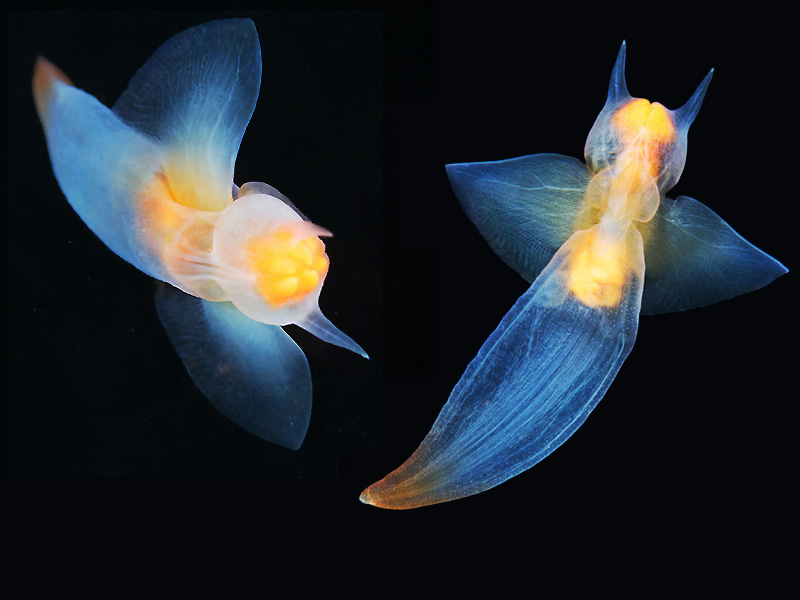
While these sea angels won't be singing a chorus, they are a sight to behold. Found in the arctic seas, these translucent and gelatinous gastropods (snails and slugs) have lost their shells, and evolved their 'sticky' foot into 'wings' to swim gracefully in the water column. There are a variety of species and they are no more than a couple several inches long. Below is a clip of how these angels move around!
4. Sea Stars (Asteroidea)
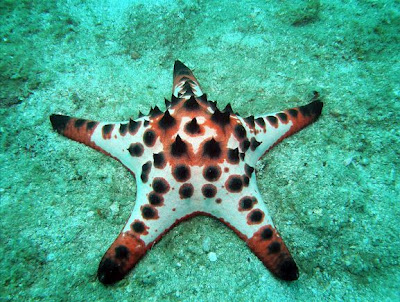
These (usually) five-armed echinoderms are a perfect addition for our list! However do not let its looks deceive you. Sea stars have a very effective way of eating, prying the shell opening and then sticking its whole stomach inside a bivalve (mussel, clam, scallops, or oysters) and slurping the whole organism leaving an empty shell! Here's a link of a time-lapse video of it!
5. Angelfishes (Pomacanthidae)
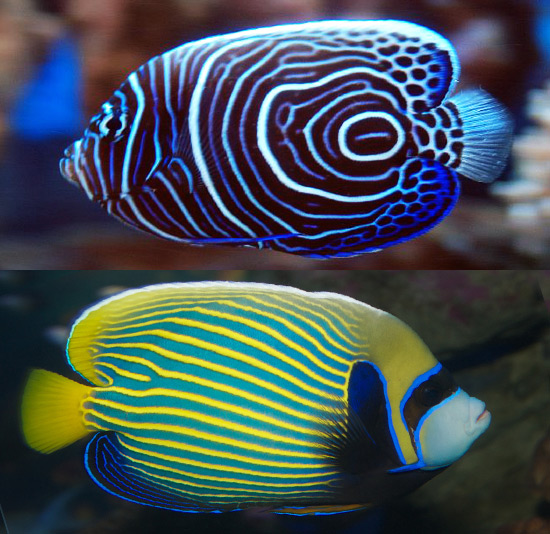
Not to be confused with the freshwater angelfishes, marine angelfishes are found in shallow tropical waters around the world, these ornate and festive looking fishes consist of 87 different species that reside in coral reefs. Juvenile species have a color variation different than the adults. Many of these species are protogynous hermaphrodites, meaning while one male control his harems of females, if that male dies, the largest female will then become a male!

